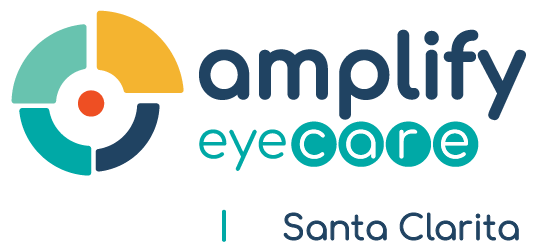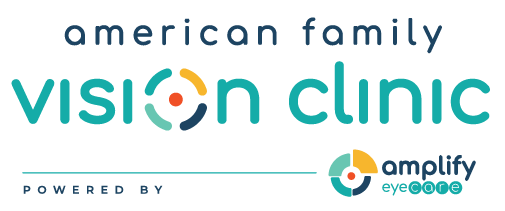Purpose
Down syndrome (DS) is associated with ocular and cognitive sequelae, which both have the potential to influence clinical measures of refractive error. This study compares variability of autorefraction among subjects with and without DS.
Methods
Grand Seiko autorefraction was performed on 139 subjects with DS (age: 8–55, mean: 25 ± 9 yrs) and 138 controls (age: 7–59, mean: 25 ± 10 yrs). Subjects with three refraction measures per eye (DS: 113, control: 136) were included for analysis. Each refraction was converted to power vector notation (M, J0, J45) and a difference in each component (ΔM, ΔJ0, ΔJ45) was calculated for each refraction pairing. From these quantities, average dioptric strength (: square root of the sum of the squares of M, J0, and J45) and average dioptric difference (: square root of the sum of the squares of ΔM, ΔJ0, and ΔJ45) were calculated.





